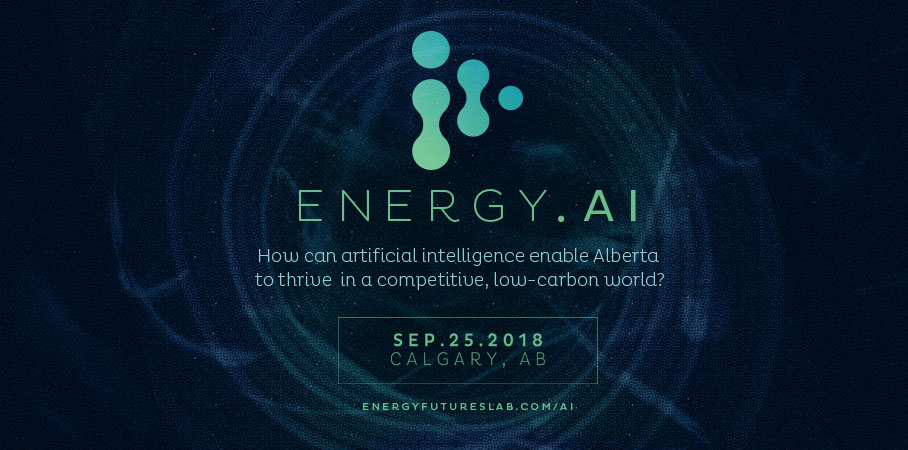
Artificial intelligence (AI) has been a rapidly developing area of technological advancement over the last 10 years and more, yet it is only very recently that the buzz about its implications and potential for Alberta’s energy sector has really escalated. Why is that?
How can artificial intelligence enable Alberta to thrive in a competitive, low-carbon world?
Three possible reasons come to mind. First, there is now a far better collection and recording of historical energy data. Harvesting data is essential for AI applications, and it requires planning ahead. Second, the potential for AI to help address critical challenges facing the sector has become more evident. For instance, reducing costs and taking action on climate change and other environmental issues have become vital to business viability in recent years. Third, there has been relatively slow adoption of AI in the energy sector, despite recognition of its potential. A study from consultancy Roland Berger “predicts that AI can reap efficiency gains of a fifth in utilities within five years, yet less than a quarter of industry respondents said their company had a plan to harness the technology.”
Alberta is well positioned to be a leader in AI. Existing AI platforms such as the University of Alberta’s Artificial Machine Intelligence Institute (AMII) employ AI and machine learning to advance academic understanding and solve business problems. There have also been a few AI applications in Alberta’s energy system to increase efficiency, automation, and overall productivity. However, the potential of AI is much greater. The World Economic Forum published a full report on harnessing AI for the Earth and solving climate and environmental problems. AI applications range from climate modeling to weather and energy system forecasting to smart grid for electricity use to creating smart transport system as well as intelligent, connected and liveable cities, and much more. The list of opportunities is long.
But before jumping to applications and solutions, let’s clarify what is AI and what are the actual possibilities within AI? In his blog post, professor Michael Jordan at UC Berkeley cautions about “the current public dialogue” that “too often uses AI as an intellectual wildcard, one that makes it difficult to reason about the scope and consequences of emerging technology.” He demystifies AI and categorizes it into three main areas:
Human-Imitative Artificial Intelligence (HIAI): Technology referring to imitating human voice and cognitive characteristics – similar to Google’s recent voice-imitating personal assistant.
Intelligence Augmentation (IA): Augmenting intelligence in machines to assist humans rather than replacing them. Examples include self-driving cars, search engines, and smart homes.
Intelligent Infrastructure (II): This deals with connecting multiple devices such as Uber’s intelligent infrastructure of autonomous driving cars or even dating websites.
The possibilities are immense in these categories. So how can Alberta’s energy sector take advantage? And, specifically, how can the sector strengthen its capacity to spot opportunities for AI to help solve business challenges? This is what the Energy Futures Lab (EFL) will explore on September 25 in its Energy.AI Workshop: How can artificial intelligence enable Alberta to thrive in a competitive, low-carbon world? Engaging AI innovators to solve Alberta’s energy challenges in a low-carbon world will be essential. So, too, will be engaging potential adopters of these innovations. This workshop will bring together AI innovators with representatives from the energy sector as well as academia and advisory services. Stay tuned for more updates on the EFL website!
The Energy.AI workshop is an invitation-only workshop. If you are interested in learning more, please contact Nagwan Al-Guneid at nalguneid@naturalstep.ca.

Nagwan Al-Guneid is the Communications Lead of the Energy Futures Lab



